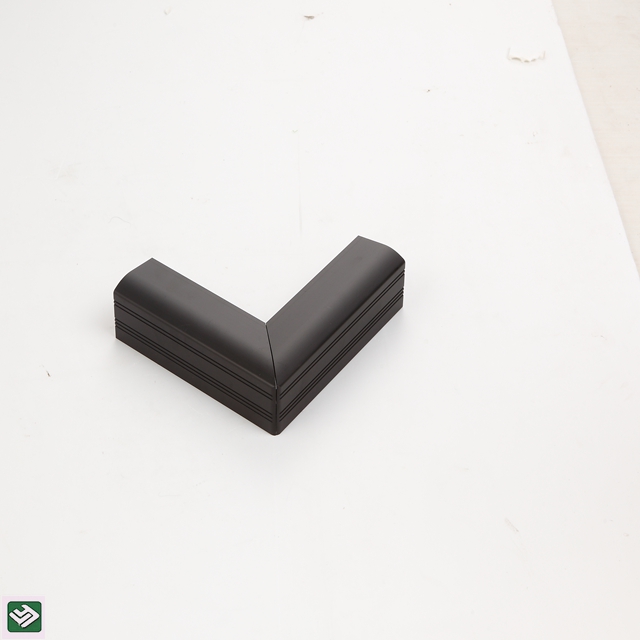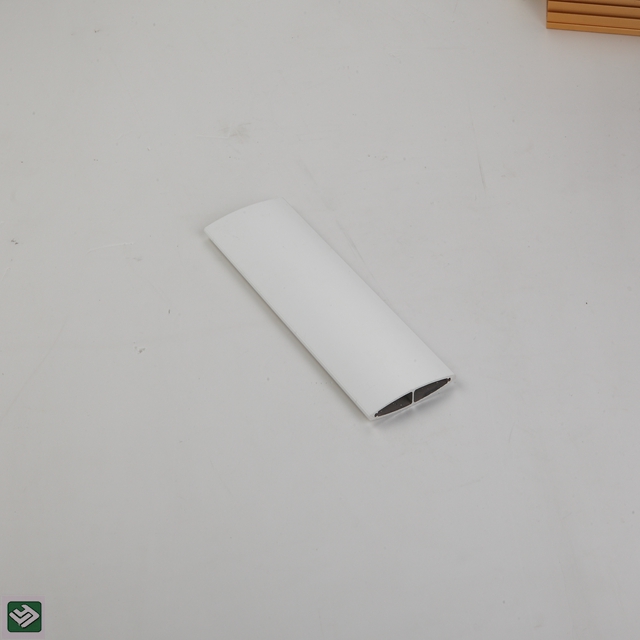1.2.3 Features of CNC processing technology
What's so unique about CNC machining process?
CNC numerical control processing technology is a kind of mechanical processing, and also abides by the cutting rules of mechanical processing, which is roughly the same as that of ordinary machine tools. Because it is a kind of automatic processing using computer control technology in mechanical processing, it has the characteristics of high processing efficiency and high precision. The processing technology has its unique features, the procedures are more complicated, and the steps are arranged in a more detailed and thorough manner.
The CNC machining process includes the selection of tools, the determination of cutting parameters, and the design of the cutting process route. CNC numerical control processing technology is the foundation and core of NC programming. Only when the technology is reasonable can high-efficiency and high-quality NC programs be compiled. The criteria for measuring the quality of NC programs are: the least machining time, the least tool loss, and the best results for the workpiece.
NC machining process is part of the overall machining process of the workpiece, or even a process. It needs to cooperate with other front-to-back processes to finally meet the assembly requirements of the overall machine or mold, so that qualified parts can be processed.
NC machining processes are generally divided into rough machining, medium rough angle machining, semi-finishing and finishing.
CNC machining roughing should choose a larger tool as much as possible, and within a range of machine tool power or tool can withstand as much as possible with a large amount of cutting material to quickly remove a large amount of workpiece material. In order to prevent the workpiece from loosening due to cutting vibration during roughing, the meter should be calibrated and checked in time after roughing, and the tool should be re-adjusted if necessary. After the roughing, the reference surface can be finished with a light knife to prepare for the future calibration check. For workpieces with complex cavities, because of the large tools used for roughing, a large amount of margin remains at the corners, and it is necessary to use a smaller tool for roughing or clearing the corners than during roughing. When the machining area is relatively large, semi-finishing can be performed to reduce tool loss. In order to prevent over-cutting in the above steps, a sufficient margin must be left, and the finishing process is finally performed. Under normal circumstances, try to check on the machine tool, remove it after passing, and prepare for the next processing.

